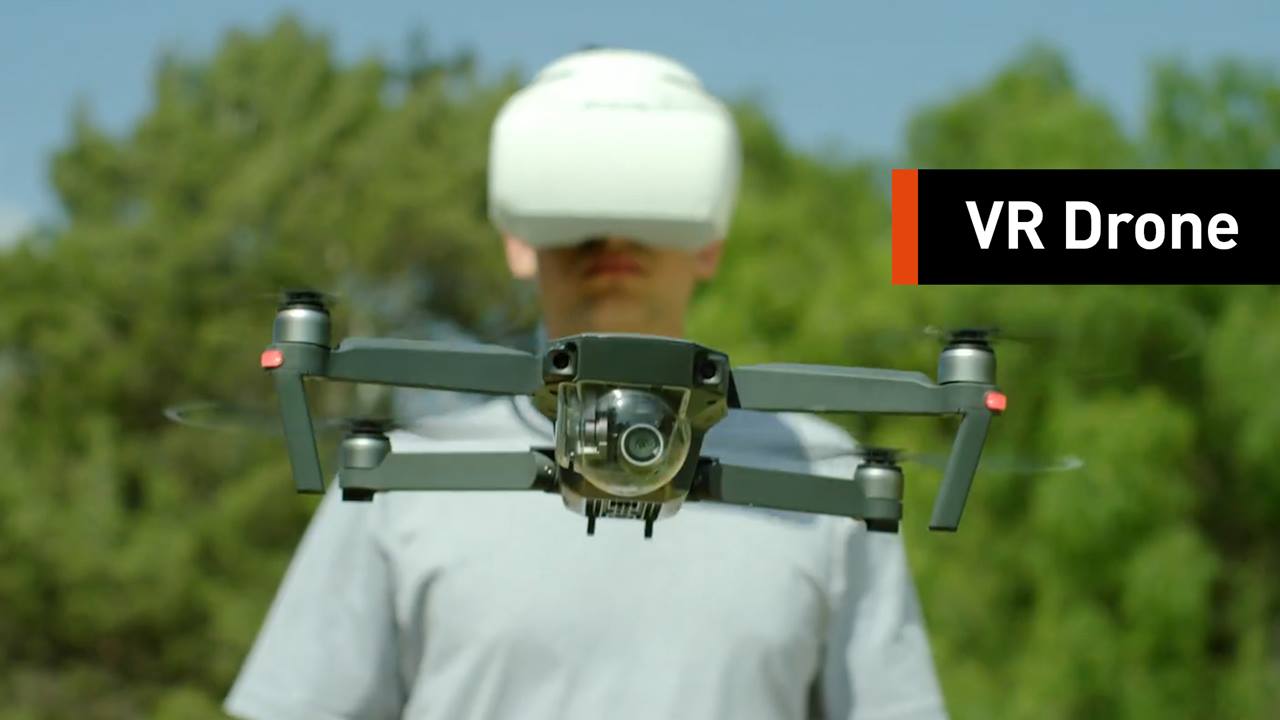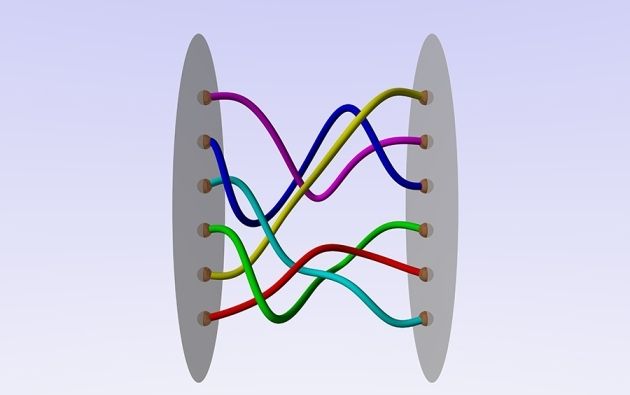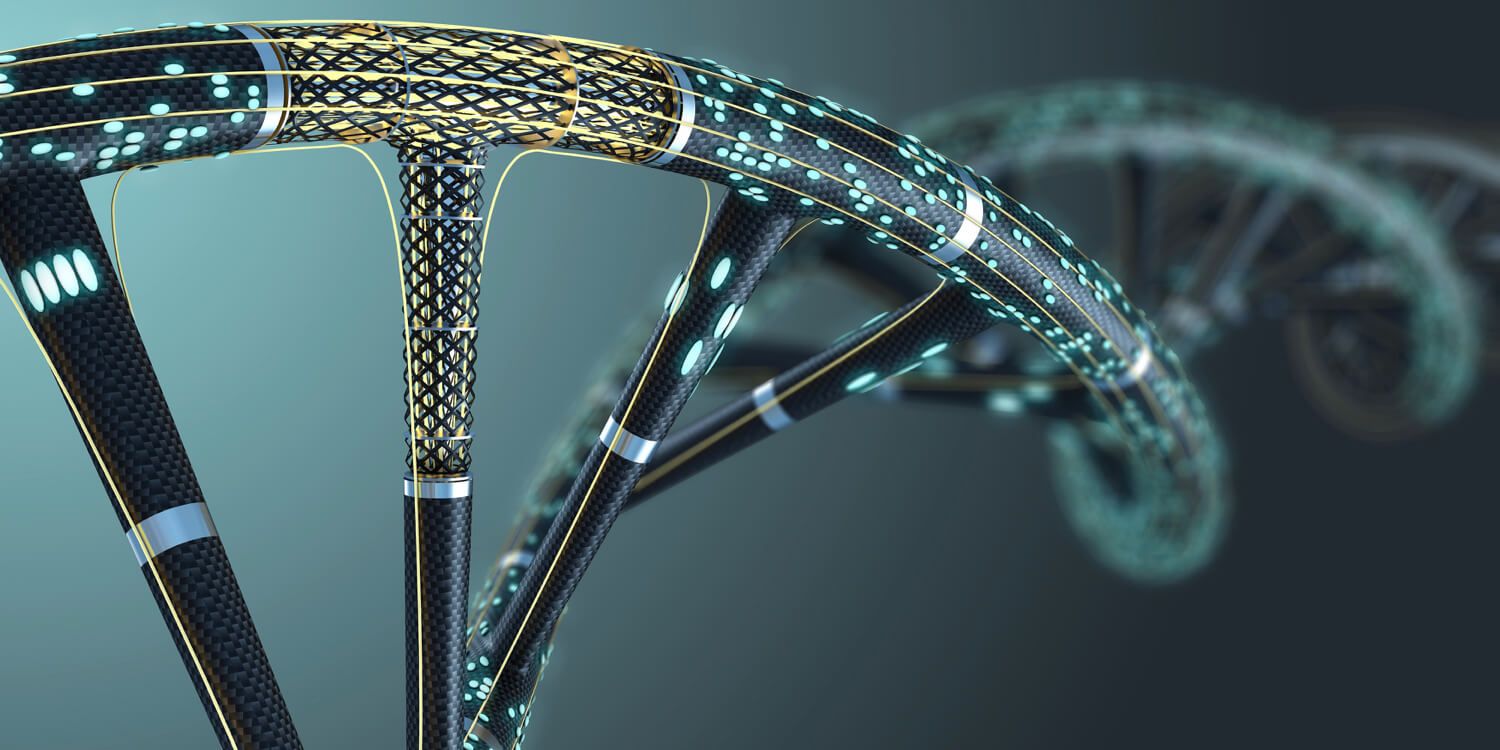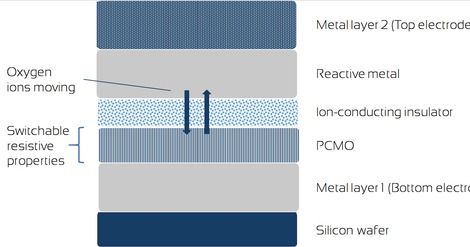Page 10786
Oct 22, 2016
Man Makes DIY Prosthetic Arm For His Dad
Posted by Elmar Arunov in categories: biotech/medical, cyborgs
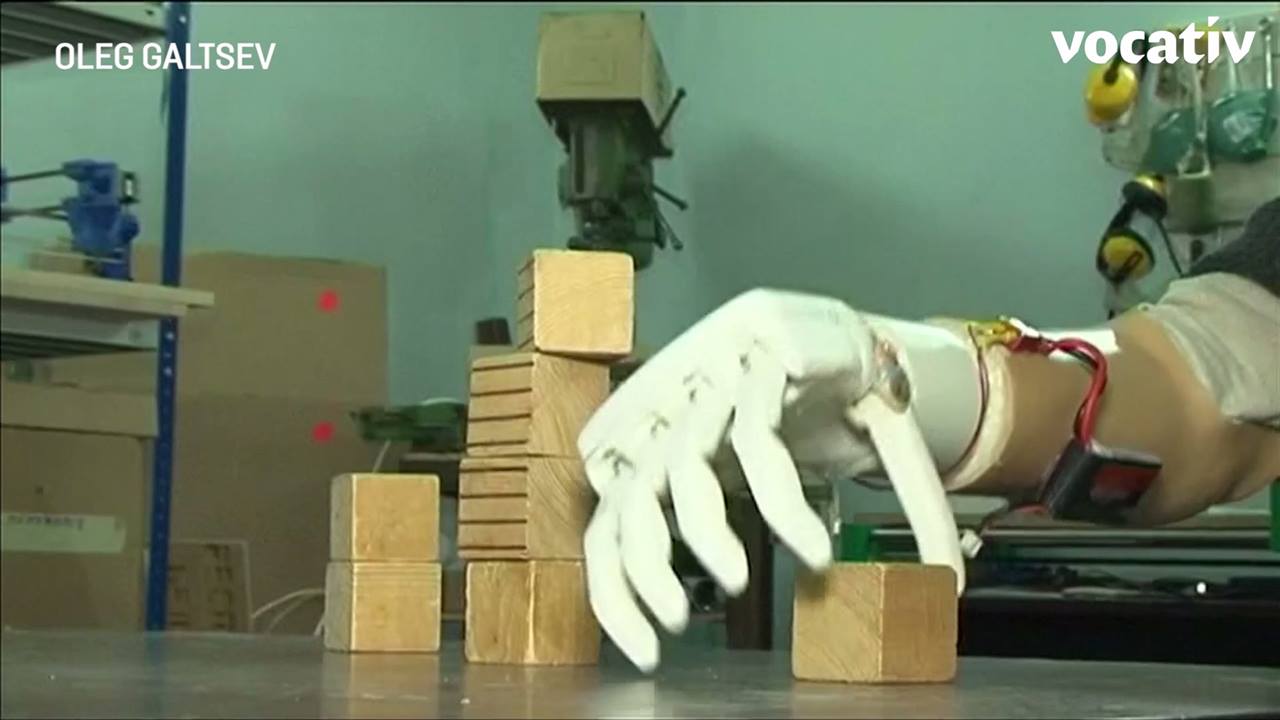
Sergei lost his arm when his son was four years old.
His son is now an engineer, and he built this for his dad.
Oct 22, 2016
Inside Microsoft’s quest for a topological quantum computer
Posted by Andreas Matt in categories: computing, particle physics, quantum physics
Alex Bocharov explains why the company is hoping to build qubits out of particles that some scientists think might not even exist.
Oct 22, 2016
Associations between Periodontal Microbiota and Death Rates
Posted by Steve Hill in category: biotech/medical
Brushing your teeth has never been so important.
It is conceived that specific combinations of periodontal bacteria are associated with risk for the various forms of periodontitis. We hypothesized that such specificity is also related to human cause-specific death rates. We tested this hypothesis in a representative sample of the US population followed for a mean duration of 11 years and found that two specific patterns of 21 serum antibodies against periodontal bacteria were significantly associated with increased all-cause and/or diabetes-related mortalities. These data suggested that specific combinations of periodontal bacteria, even without inducing clinically significant periodontitis, may have a significant impact on human cause-specific death rates. Our findings implied that increased disease and mortality risk could be transmittable via the transfer of oral microbiota, and that developing personalized strategies and maintaining healthy oral microbiota beyond protection against periodontitis would be important to manage the risk.
Oct 22, 2016
Can DNA Hard Drives Solve Our Looming Data Storage Crisis?
Posted by Klaus Baldauf in categories: biotech/medical, computing, health, internet, mobile phones
The idea of storing digital data in DNA seems like science fiction. At first glance, it might not seem obvious that a molecule can store data. The term “data storage” conjures up images of physical artifacts like CDs and data centers, not a microscopic molecule like DNA. But there are a number of reasons why DNA is an exciting option for information storage.
The status quo
We’re in the midst of a data explosion. We create vast amounts of information via our estimated 17 billion internet-connected devices: smartphones, cars, health trackers, and all other devices. As we continue to add sensors and network connectivity to physical devices we will produce more and more data. Similarly, as we bring online the 4.2 billion people who are currently offline, we will produce more and more data.
Continue reading “Can DNA Hard Drives Solve Our Looming Data Storage Crisis?” »
Oct 22, 2016
Stanford created scalable optical quantum annealing computer using special lasers and electrical circuits
Posted by Klaus Baldauf in categories: computing, quantum physics
An entirely new type of computer that blends optical and electrical processing could get around this impending processing constraint and solve superlarge optimization problems. If it can be scaled up, this non-traditional computer could save costs by finding more optimal solutions to problems that have an incredibly high number of possible solutions.
There is a special type of problem – called a combinatorial optimization problem – that traditional computers find difficult to solve, even approximately. An example is what’s known as the “traveling salesman” problem, wherein a salesman has to visit a specific set of cities, each only once, and return to the first city, and the salesman wants to take the most efficient route possible. This problem may seem simple but the number of possible routes increases extremely rapidly as cities are added, and this underlies why the problem is difficult to solve.
Oct 22, 2016
4DS Memristor achieves technical milestone of memory cells denser than 3D flash with commerciallization in the 2019 timeframe
Posted by Klaus Baldauf in category: computing
4DS has demonstrated Interface Switching ReRAM cells at a 40 nanometer geometry, representing significant progress in scalability and yield.
This 40nm geometry, demonstrated by 4DS, is smaller than the latest generation of 3D Flash — the most dominant non-volatile memory technology used in billions of mobile devices, cloud servers and data centers.
In 2016, 4DS has:
Oct 22, 2016
Withholding amino acid depletes blood stem cells, researchers say
Posted by Steve Hill in categories: biotech/medical, life extension
Rebooting the immune system just got a bit easier. This could potentially be used to treat autoimmune diseases and just as exciting some of the aging processes.
A dietary approach to depleting blood stem cells may make it possible to conduct bone marrow transplantations without the use of chemotherapy or radiation therapy, according to researchers at the Stanford University School of Medicine.
The discovery, made in collaboration with researchers at the University of Tokyo, may also become a new way to treat certain cancers without chemo or radiation, which can cause severe side effects.
Continue reading “Withholding amino acid depletes blood stem cells, researchers say” »
Oct 22, 2016
Give a 3D printer artificial intelligence, and this is what you’ll get
Posted by Elmar Arunov in categories: 3D printing, information science, robotics/AI

A London-based startup has combined some of today’s most disruptive technologies in a bid to change the way we’ll build the future. By retrofitting industrial robots with 3D printing guns and artificial intelligence algorithms, Ai Build has constructed machines that can see, create, and even learn from their mistakes.
When CEO and founder Daghan Cam was studying architecture, he noticed a disconnect between small-scale manufacturing and large-scale construction. “On one side we have a fully automated production pipeline,” Cam explained at a recent conference in London. “On the other side we’re completely dependent on human labor.” With the emergence of more efficient printing technologies, he thought there must be a better way.
Continue reading “Give a 3D printer artificial intelligence, and this is what you’ll get” »
